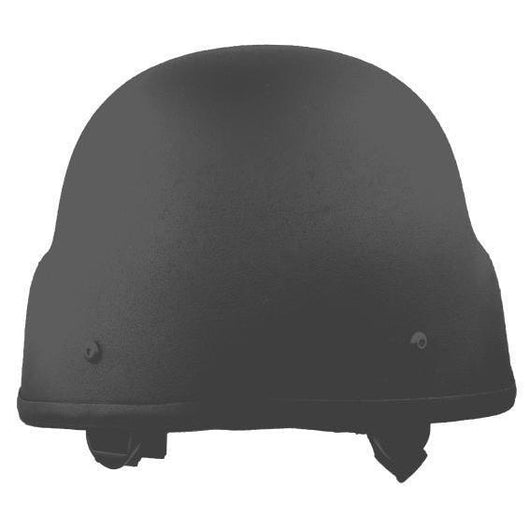What are the Parts of a Ballistic Helmet?

The ballistic helmet is a tough bullet-resistant helmet used by professionals to protect from bullet impacts during shootouts. They are one of the most useful items for personal safety. But have you ever wondered what they are made from?
A ballistic helmet is widely used. You may have also seen them, but what actually makes them tough and resilient to bullet impact? Let’s find out in this blog.
Parts of Ballistic Helmet
Shell
- This might be regarded as the helmet’s major component. The shell, which is intended to withstand impacts, should be constructed from layers of ballistic materials that can stop rounds and deflect as much force as feasible.
- Modern helmets are typically constructed with a rigid plastic top layer that prevents the inner ballistic fibers from tearing, deteriorating, or being harmed by the weather. Additionally, this will prevent the operator from ever seeing any blunt trauma.
- One or more layers of ballistic fiber material, often varying aramid textiles impregnated with resin, make up the inside portion of the shell. The most recent helmets use Twaron instead of the materials initially used, such as Kevlar.
Padding
- You should always wear padding beneath the military helmet’s strong outer shell. Although this material doesn’t provide ballistic defense on its own, it can enhance the shell’s defense and the operator’s comfort.
- Its main purpose is to deflect any kinetic force used to attach the helmet and shield the wearer from harm using inertia.
- But in addition to protecting against impacts, the padding should be able to draw moisture away from the head and provide comfort for the soldier wearing the helmet. Furthermore, the padding of the new modular armor may be shifted and altered to match the wearer’s head shape.
Fastening
- Every modern military helmet will require strong and flexible fastening to maintain the helmet firmly on the head, even when sprinting, climbing, or jumping. Typically, the operator’s chin will be connected to several places on the shell.
- Any fastening that is utilized ought to be adaptable and tear-resistant. For this reason, the most current helmet uses fabrics with all the necessary qualities.
- To avoid reducing the inside volume of the helmet, the straps must be thin and light. However, they must also be durable enough to support the constant pulling of several-pound helmets and the frequent nips and tears between the gear.
Covering
- The presence of a covering on a helmet is not required. Many military helmets, particularly those with low cuts, lack any provision for installing a covering. However, people who desire to improve the helmet’s tactical capabilities can add an extra cover.
- The ballistic covering is intended to enhance the helmet’s protection. In addition to placing a detachable covering as the first line of defense that can be rapidly and affordably changed, adding another layer will boost the maximum ballistic protection.
Auxiliaries
- Some helmets’ mid-cut or high-cut models, for example, feature attachments designed to house various pieces of equipment right on the helmet. On the front, these often have a shroud, and on the sides, either Picatinny rails or Weaver rails.
- Depending on the mission and the situation, these attachments can be used to mount night vision, lights, cameras, optics, or any other instrument that would be practical in the field.
- The attachments are frequently made of hardened steel to support heavy equipment without flexing. But certain models now come with harder plastics due to materials developments and a weight reduction for the equipment.
Additionally, some coverings extend the surface area to which Velcro panels can be fastened. These can be used to fasten patches, symbols, or, in some cases, even extra batteries for the NVG.
When all these parts are combined, they produce a strong and durable ballistic helmet. Therefore, many defense suppliers keep ballistic helmets for sale to help people stay secure in a difficult situation.
